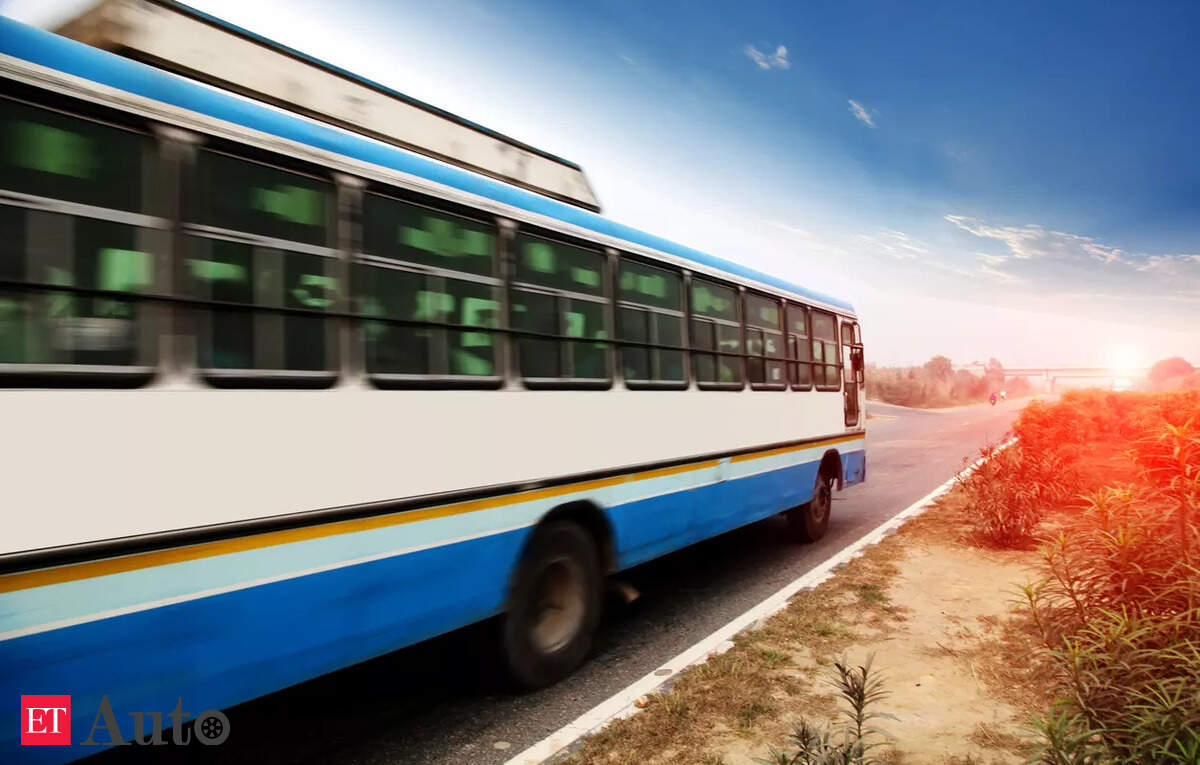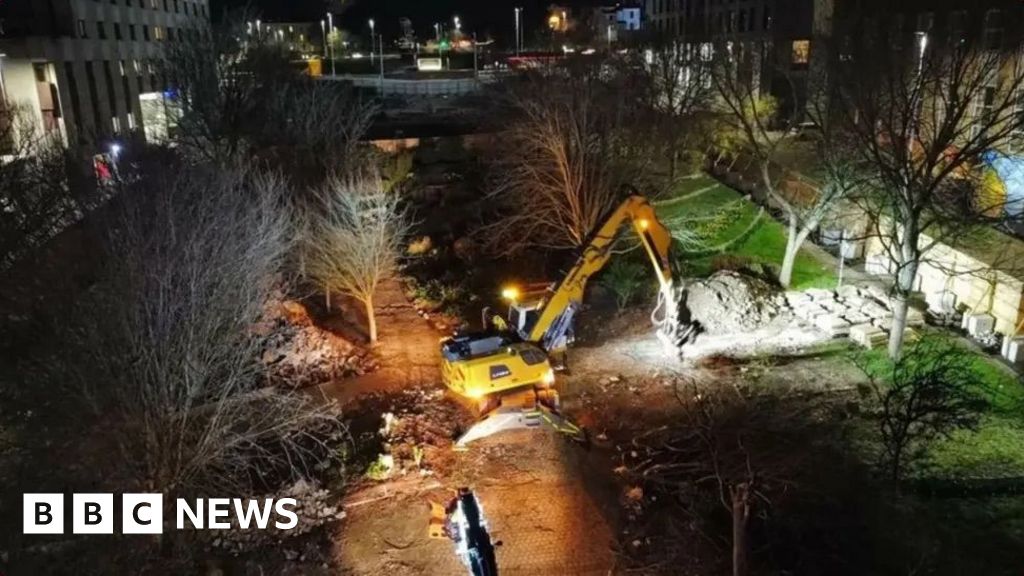Mount Fuji's Dream Bridge Becomes a Hotspot of Tourist Frenzy, Amplifying Japan's Over tourism Dilemma and Forcing Communities to Rethink Sustainability Is This the Price of Scenic Fame? - Travel And Tour World
Thursday, May 22, 2025

In Fuji Town, located in Shizuoka Prefecture, Japan, a once-celebrated bridge has become a symbol of the growing issue of overtourism. The bridge, known as the “Mount Fuji Dream Bridge,” was constructed in 2016 to connect two major roads in the city. Its unique design, featuring a staircase that appears to lead directly to the summit of Mount Fuji, quickly attracted photographers and tourists seeking the perfect shot. The local government, seeing an opportunity to boost tourism, promoted the bridge as a picturesque photo spot, even providing free parking and installing multilingual signage encouraging visitors to keep noise levels down.
What began as a clever tourism initiative has escalated into a significant challenge for the local community. On clear days, the bridge now attracts up to 1,000 visitors daily. This influx has led to a range of problems, including illegal parking, persistent noise, and even trespassing on private property as tourists vie for the perfect photograph. Residents have reported disturbances starting early in the morning, disrupting their daily lives.
Fuji Town’s experience is not an isolated case. Across Japan, popular destinations are grappling with the effects of overtourism. In Kyoto, for instance, locals have grown weary of tourists harassing geisha and wandering into private alleys, prompting the introduction of bans and stricter regulations. Similarly, at Mount Fuji, authorities have implemented entry fees, daily visitor caps, and physical barriers to manage crowds and protect the environment.
Ginzan Onsen, a hot spring town in Yamagata Prefecture, has also faced challenges due to its rising popularity. The town, known for its picturesque scenery, attracted over 300,000 visitors annually. This surge led to road chaos, unruly visitors, and life-threatening emergencies caused by congestion. In response, the town introduced measures to limit day-trippers, including ticketed evening access and hotel-only restrictions after 8 PM, aiming to restore some peace to its snow-laden streets.
The rise of overtourism in Japan has significant implications for the travel industry. Destinations that were once off the beaten path are now attracting large numbers of tourists, leading to overcrowding and strain on local resources. This shift is prompting a reevaluation of sustainable tourism practices and the need for better management of tourist flows.
Travelers are increasingly seeking less crowded, more authentic experiences. This trend is encouraging the development of alternative destinations and the promotion of off-season travel. Tourism operators are adapting by offering packages that focus on sustainability and responsible travel, aligning with the growing demand for mindful exploration
The scenario unfolding in Fuji Town represents a smaller-scale reflection of the wider issues Japan is currently encountering in dealing with the pressures of overtourism. As one of the country’s many scenic yet increasingly congested tourist spots, the town is now highlighting the urgent need for thoughtful visitor management. While it’s undeniable that tourism plays a crucial role in supporting local economies and national revenue, it is equally important to ensure that this growth does not come at the expense of cultural heritage or environmental sustainability.
The surge in tourist numbers—especially in picturesque but fragile locations like the Mount Fuji Dream Bridge—has brought with it a wave of unintended consequences. From traffic issues and illegal parking to noise disturbances and the intrusion of private property, the local quality of life is being significantly disrupted. These are no longer isolated problems but are becoming common across various destinations in Japan that were once peaceful and manageable.
In response to these challenges, communities like Fuji Town are beginning to adopt a more measured approach to tourism. Steps are being taken to implement sustainable tourism strategies aimed at striking a better equilibrium between welcoming guests and safeguarding local resources. These initiatives are designed not just to regulate the number of visitors, but also to educate them on respecting the environment and the way of life in host communities.
Elsewhere in Japan, similar efforts are being mirrored. Destinations that once freely opened their doors to global travelers are now reassessing their capacity and reconsidering their tourism models. The emphasis is shifting from quantity to quality tourism—a form that prioritizes long-term benefits for both travelers and residents alike.
Overall, the situation at the Dream Bridge offers a clear warning and a valuable lesson. It demonstrates how unchecked tourism, no matter how economically appealing, can eventually undermine the very appeal that drew people in the first place. By focusing on responsible, community-conscious tourism, Japan is taking the necessary steps to ensure its treasured destinations remain both accessible and sustainable for generations to come.










